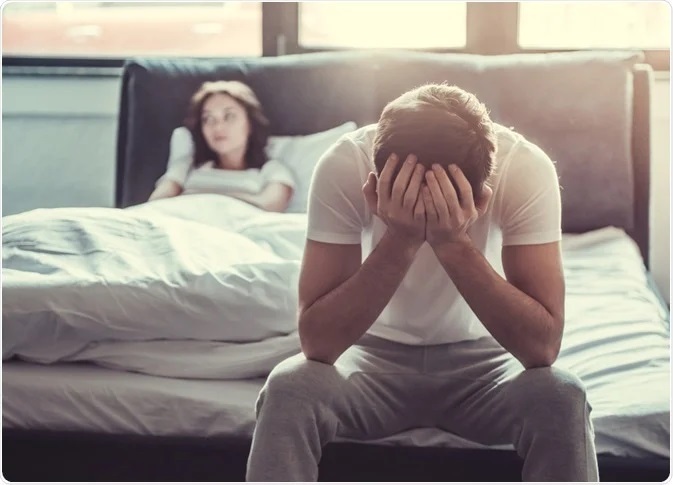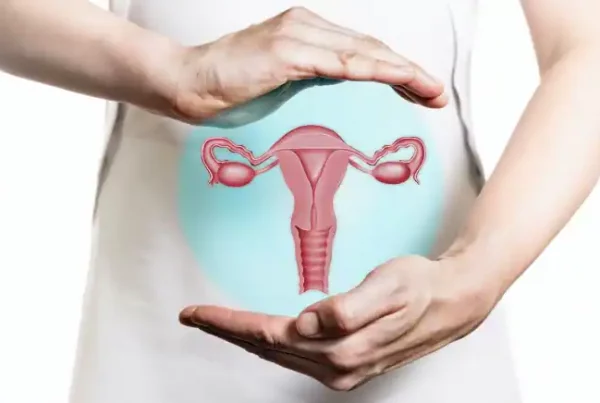Failure to attain or maintain an erection is called Erectile Dysfunction.
Though it is considered a hush-hush topic to discuss, Erectile Dysfunction (ED) is actually a common problem affecting as much as 40% of men by the age of 40 and nearly 70% of them by the age of 70!
It reduces the quality of life in a man through damage to self-image and problems with sexual relationships leading to psychological trauma.
What exactly is ED and what are the latest available treatment options?
PHYSIOLOGY OF AN ERECTION
An erection is triggered by sexual stimulation and arousal, where the penis becomes firm, engorged and enlarged as blood is made to pool into the muscles in the penis.
This happens under the influence of the parasympathetic nervous system which is meant for rest, growth and digestion in a human.
Sexual stimulations are received as auditory, visual, tactile or smell through the frontal lobe of the brain.
Due to the parasympathetic activity, spontaneous erections occur during sleep, which are referred to as the “morning wood”.
CAUSES OF ERECTILE DYSFUNCTION
This can be Multisystemic.
- Diseases of the blood vessels – Hypertension and cholesterol hardens arteries reducing blood flow to the penis.
- Trauma – trauma to blood vessels and nerves around the genitals and pelvic floor due to direct compression. Prolonged cycling was believed to be a cause but newer bicycle seats are designed to eliminate perineal pressure.
- Diabetes Mellitus – ED is a commonly known complication of poorly controlled diabetes which weakens the parasympathetic nervous system (diabetic neuropathy) and reduces the potency of small peripheral blood vessels.
- Hormonal disorders – low levels testosterone caused by advanced age and obesity, and also low thyroid hormone levels are associated with ED
- Penile conditions – peyronie disease, a disease associated with an abnormal scarring and curvature of the penis and prostate surgeries carrying the risk of nerve damage.
- Life style – cigarette smoking is identified as an individual risk factor along with obesity.
- Medication – certain commonly used medications like psychotropics and even antihypertensives carry the risk of ED as a side effect.
- Psychological status – Regardless the existence of a sexual stimulus, psychological conditions like anxiety, stress and depression or even medical conditions affecting the brain like a stroke, epilepsy, head injury or Parkinson’s disease can result in ED. (The existence of a “morning wood” is a good indicator to demarcate that the ED is not caused by a medical condition, but due to psychological stress)
HOW IS ED DIAGNOSED AND TREATED?
The use of prescription/ recreational drugs, smoking and alcohol consumption, treated or untreated underlying health problems will be areas that your healthcare provider will ask you questions on, including a detailed sexual and fertility history.
This will follow a thorough physical examination of the vital signs and genitals.
Lab tests done for the diagnosis vary from simple urine analysis and diabetic screening to advanced tests like specific hormone tests like testosterone levels and doppler-ultrasonography to measure penile blood flow.
After a diagnosis is made, the treatment for ED is multifactorial.
Life style modifications like cessation of smoking, physical exercise, healthy diet and reduction of alcohol consumption along with psychological support for anxiety and depression is vital.
Specific treatment for ED can be;
Non- Invasive –
- Phosphodiesterase type-5 inhibitor pills ( Viagra , Cialis) to increase penile blood flow
- Testosterone therapy
Or Invasive –
- Penile injections – self-administered, alprostadil intracavernous injections are considered in patients not responding to oral medication.
- Vacuum erection devices.
- Penile implants – known to have the highest success rate in ED , allowing normal sex and intimacy.
Most treatment modalities of ED are to improve quality of life as needed for intercourse and then wear off but do not fix the underlying problem permanently. The take-home massage is that ED is a challenge, but not one that you should let limit you.





